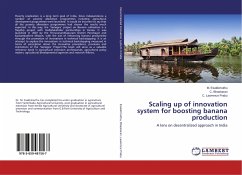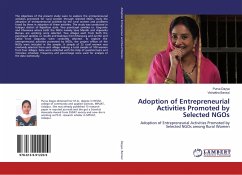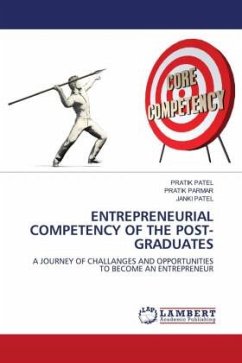
Scaling-up the entrepreneurial potential of beekeepers in rural India
Versandkostenfrei!
Versandfertig in 6-10 Tagen
45,99 €
inkl. MwSt.

PAYBACK Punkte
23 °P sammeln!
About half of India's population is supported by agriculture. Hence, India's development continues to be determined by agriculture sector and this situation is unlikely to change in the near future. The country recorded impressive achievements in agriculture during three decades since the onset of Green Revolution in the late sixties. But, in recent years, these had been a sharp decline in the average size of operational land holdings in India and the average farm size has been reduced to half. Small and marginal holders face several problems in agriculture like shortage of good quality seeds,...
About half of India's population is supported by agriculture. Hence, India's development continues to be determined by agriculture sector and this situation is unlikely to change in the near future. The country recorded impressive achievements in agriculture during three decades since the onset of Green Revolution in the late sixties. But, in recent years, these had been a sharp decline in the average size of operational land holdings in India and the average farm size has been reduced to half. Small and marginal holders face several problems in agriculture like shortage of good quality seeds, lack of mechanization and irrigation facilities, inadequate warehousing, scarcity of capital, absence of marketing network, lack of value addition technology, etc. which makes agriculture economically unviable. However, small scale agriculture can be made profitable through product diversification and entrepreneurship.












